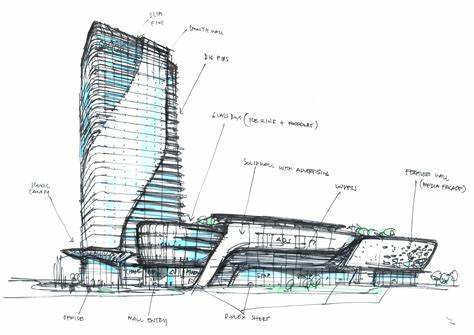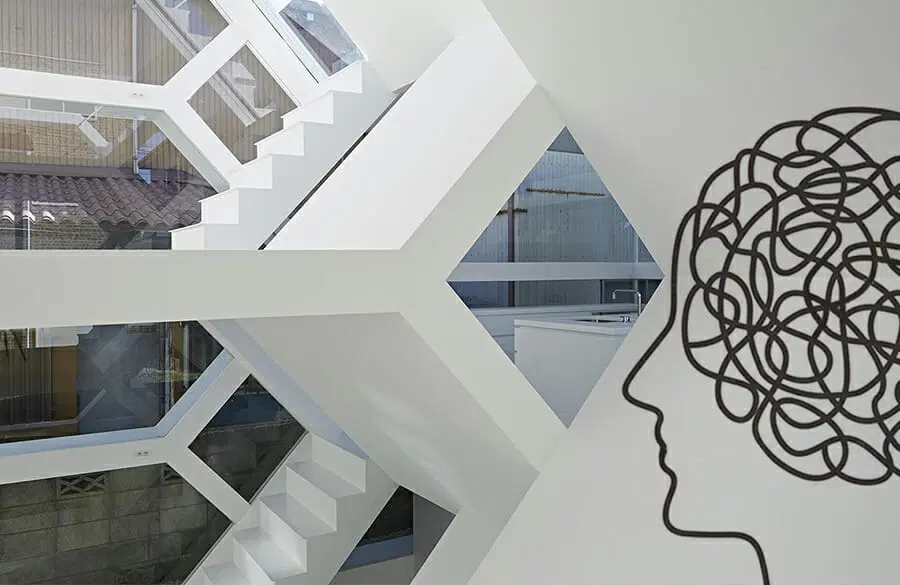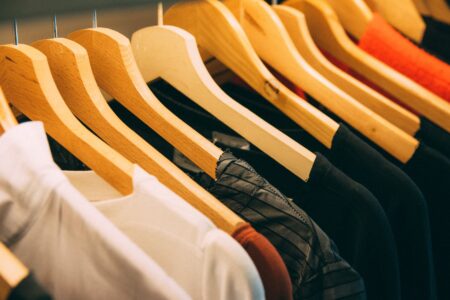
The Influence of Smart Building Design on Human Behavior
Introduction
Smart building design has become increasingly relevant in modern society, as it has the potential to significantly impact human behavior. Understanding the influence of smart building design on behavior is crucial for creating spaces that promote productivity, well-being, and sustainability.
Historical Background
The evolution of building design has always had a profound impact on human behavior. From ancient structures designed for communal living to the rise of skyscrapers in urban environments, buildings have shaped the way we interact with our surroundings. The introduction of smart building technologies in recent years has further revolutionized the way buildings are designed and experienced, enhancing their influence on behavior.
Key Concepts and Definitions
Smart buildings are defined by their integration of technology and data analytics to optimize various aspects of building performance. These buildings utilize sensors, automation, and personalized systems to create a user-centric environment. Understanding the psychology of building design is essential for comprehending how these features can influence behavior. Factors such as lighting, temperature control, and spatial layout have been found to have significant impacts on mood, productivity, comfort, and collaboration.

Main Discussion Points
Environmental Factors
Properly designed lighting has a direct impact on mood and productivity. It enhances concentration, reduces eye strain, and creates a more pleasant atmosphere.
Optimal temperature control improves cognitive function and productivity, ensuring occupant comfort and performance.
Spatial layout plays a vital role in promoting collaboration or isolation. Open floor plans and strategically placed common areas foster teamwork and creativity, while private spaces provide individuals with the solitude needed for focused work.
Technological Integration
Smart systems enhance the user experience and influence behavior through features such as personalized environmental settings and automated controls.
Real-time monitoring and optimization of building performance through the use of sensors and data analytics lead to more efficient energy usage and improved occupant satisfaction.
Automation and personalization in smart buildings transform occupant experiences, from personalized lighting and temperature preferences to tailored workspaces, enhancing comfort and satisfaction.
Biophilic Design
Incorporating nature elements in building design, known as biophilic design, has psychological benefits. Exposure to natural elements such as indoor plants and natural light improves well-being, reduces stress, and increases productivity.
Biophilic design reduces stress through its connection to natural elements in the built environment. It helps lower heart rate, blood pressure, and cortisol levels, leading to improved mental health and overall well-being.
The presence of natural light and indoor plants in smart buildings has numerous benefits, including increased productivity, improved mood, and better air quality.

Case Studies or Examples
Microsoft Headquarters implemented smart building features that improved employee satisfaction and productivity. The use of sensors, personalized workspaces, and automated controls created a more comfortable and efficient working environment.
The Edge Building in Amsterdam utilized smart technology to establish a sustainable and user-friendly work environment. Features like energy-efficient lighting, automated climate control, and personalized workspaces contributed to increased occupant satisfaction and productivity.
WELL-certified buildings serve as prime examples of designs that prioritize human health and well-being. These buildings incorporate elements such as biophilic design, optimal lighting, and air quality management to create healthy and productive spaces.
Current Trends or Developments
The integration of artificial intelligence (AI) and machine learning is an emerging trend in smart building design. AI-powered systems adapt to occupant preferences and optimize building performance in real-time, enhancing the user experience.
There is a growing focus on energy efficiency and sustainability in building design. Smart buildings incorporate renewable energy sources, advanced insulation, and efficient HVAC systems to reduce carbon footprints and lower operating costs.
Smart building technologies are experiencing increasing adoption in both commercial and residential sectors. The demand for improved comfort, convenience, and energy efficiency drives the widespread implementation of smart systems.
Challenges or Controversies
Privacy concerns arise due to the collection of data in smart buildings. Building occupants may feel uneasy about the monitoring and use of their personal information, raising questions about data security and privacy protection.
Potential biases in automated systems pose challenges to behavior. Algorithms and AI-powered decision-making processes may inadvertently reflect biases, impacting user experiences and behavior within smart buildings.

Ethical considerations arise when designing for behavior manipulation. The responsible use of smart building features requires careful consideration of how design choices can influence behavior without crossing ethical boundaries.
Future Outlook
Potential advancements in smart building technologies hold promising possibilities for influencing behavior. Continued innovation in AI, automation, and personalized systems will further enhance the user experience and create more adaptable and efficient buildings.
The integration of virtual reality (VR) and augmented reality (AR) in building design is an exciting development. VR and AR provide immersive experiences and allow users to visualize and interact with spaces before construction, leading to more user-centered design principles.
The future of building design will prioritize user-centered design principles. Inclusivity, accessibility, and personalization will be key considerations in creating spaces that cater to the diverse needs and preferences of occupants.
Conclusion
Understanding the psychology of building design and the influence of smart building technologies on behavior is crucial for creating spaces that promote productivity, well-being, and sustainability. By optimizing environmental factors, integrating technology, and incorporating biophilic design, smart buildings can enhance occupant experiences and positively impact behavior. Continued research and exploration of this topic are essential for further advancements in the field of smart building design.




